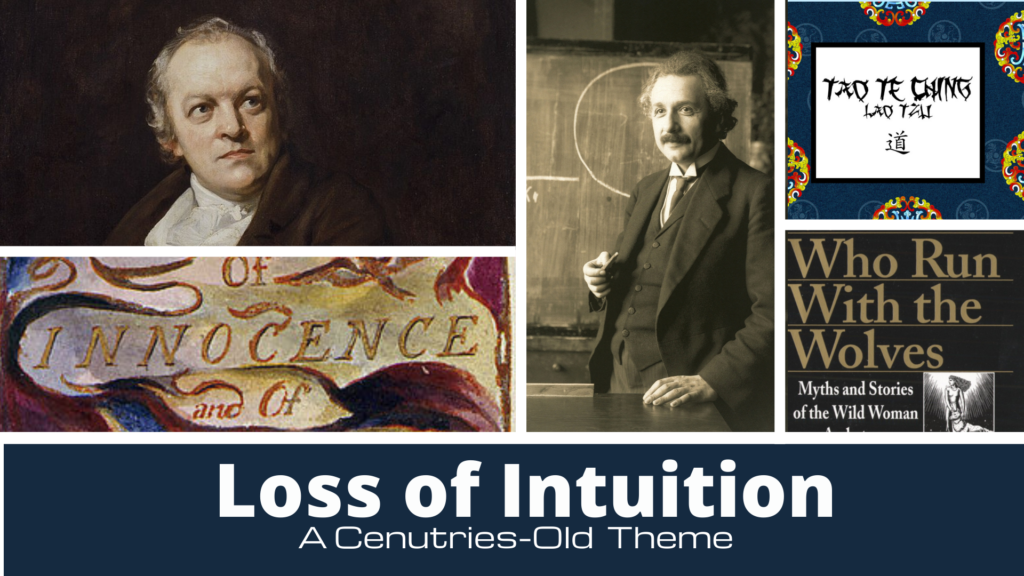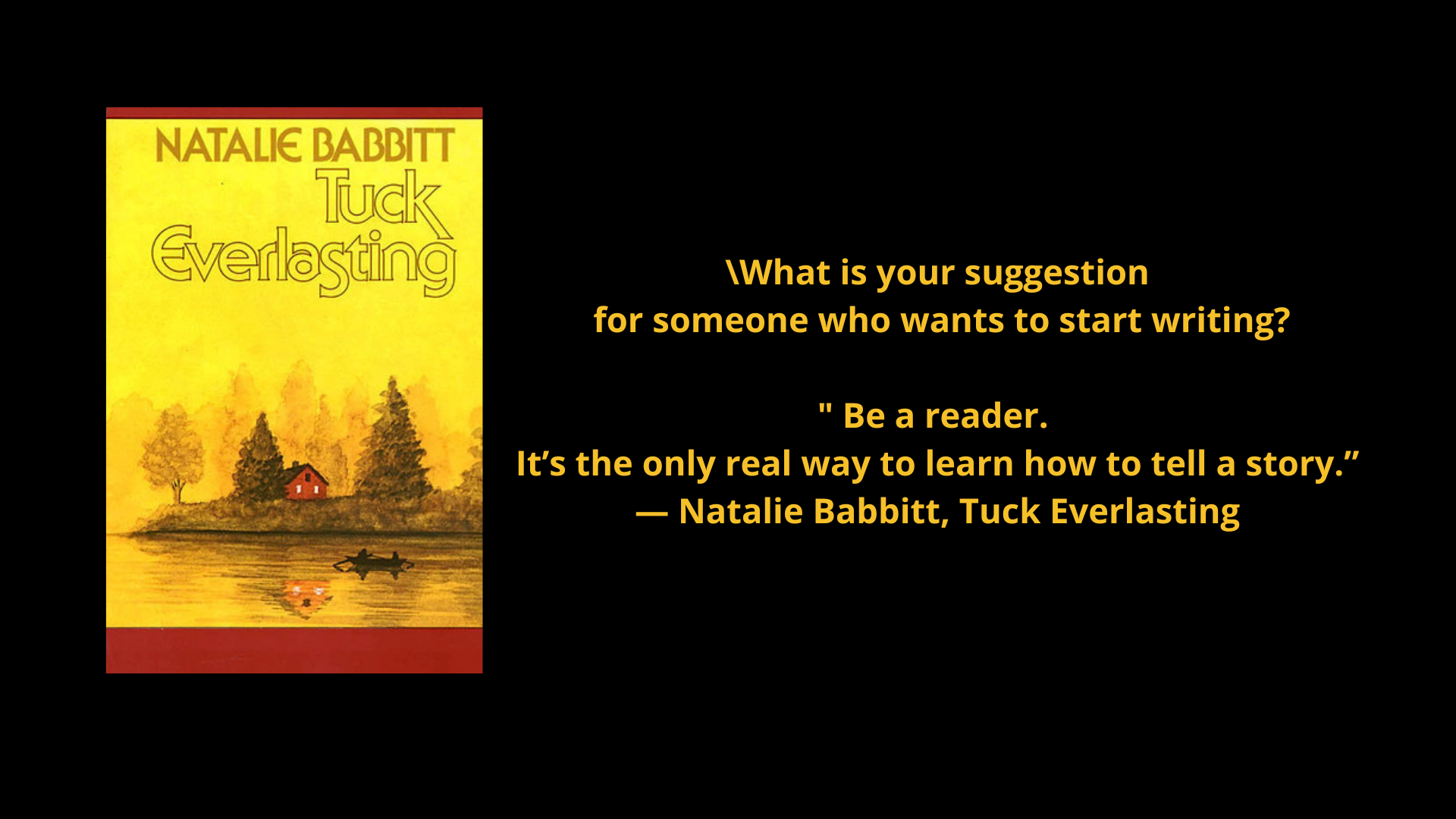In his series of videos about Buddhism and Modern Psychology, Duke University’s Robin Wright says that The Rolling Stones song I Can’t Get No Satisfaction expresses the crux of the first Buddhist Noble Truth and may have been one of the most Buddhist of the more modern songs of our culture. He says that the first noble truth of Buddhism teaches us that until we have harmoniously aligned ourselves, none of us can be satisfied. The Buddhist’s call the condition of misalignment suffering, but Wright suggests that the condition is more one of constant yearning
The Buddhists call this condition suffering, but Wright suggests that the condition is more one of constant yearning.
\
Deep, exisential hearing:
I am homesick for a place I am not sure even exists–One where my heart is full, my body loved, and my soul understood. – Anonymous
I have written about this type of yearning for many years, but before I participated in Wright’s class, I had no idea that what I was saying anything had to do with Buddhism. In my opinion, this verifies the fact that Buddhism, like Psychology, addresses a general malaise–and that malaise has been addressed for centuries in religion, psychology, music, and literature.

Loss of one’s intuition is a manifestation of the problem that causes this sense of yearning:
Loss of Intuition Is A Centuries-Old Problem for Both Women and Men
In her book Women Who Runs With the Wolves, Estes calls this sense of yearning “cravings.”
“And then there are the cravings.. Oh, la! A woman may crave to be near water, or be belly down, her face in the earth, smelling the wild smell. She might have to drive into the wind. She may have to plant something, pull things out of the ground or put them into the ground. She may have to knead and bake, rapt in dough up to her elbows.
She may have to trek into the hills, leaping from rock to rock trying out her voice against the mountain. She may need hours of starry nights where the stars are like face powder spilt on a black marble floor. She may feel she will die if she doesn’t dance naked in a thunderstorm, sit in perfect silence, return home ink-stained, paint-stained, tear-stained, moon-stained.”
― Clarissa Pinkola Estés, Women Who Run With the Wolves: Myths and Stories of the Wild Woman Archetype
In the 1700s William Blake created an image that expressed his understanding of that yearning or craving: “I Want, I Want, I Want,”
 \
\

And in 1986, Eric Carle expressed the same feeling in his picture book Papa Please Get the Moon forMe. If you look closely, you will see that Carle has incorporated Blake’s ladder.

Eric Carle’s picture book Papa Please Get the Moon forMe is a story about a little girl who yearns for the moon. and she asks her Papa to get it for her.

Papa set out on a mission to get the moon for his child.

He drags a long, long ladder to the tallest mountain, and he begins to climb from that peak.

After Papa gives the moon to the little girl, she is happy, and she dances — for a short while.

Soon, the moon begins its cycle of change, and once it is tiny again, it slips back into the sky, and the process begins all over again.

In Papa, Please Get the Moon for Me, Eric Carle has alluded to the Seasons and the Circle of Life. Although a young child does know this, he will develop his own sensibilities by reading good picture books. As for the other writers, I agree with Natalie Babbitt, we cannot read enough of other people’s writing. We’ll probably never realize where it will pop up in our own work.